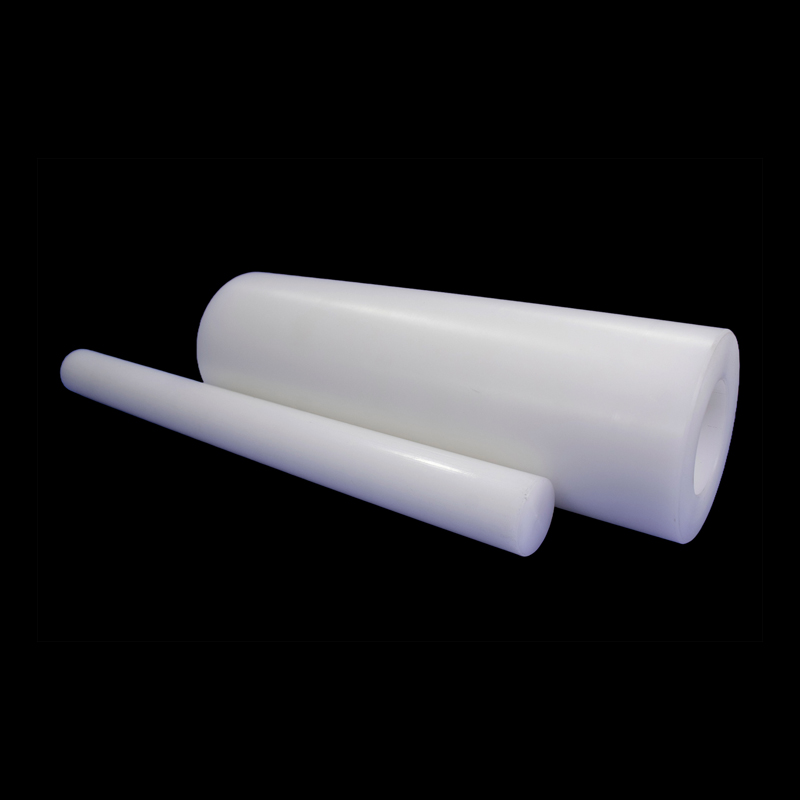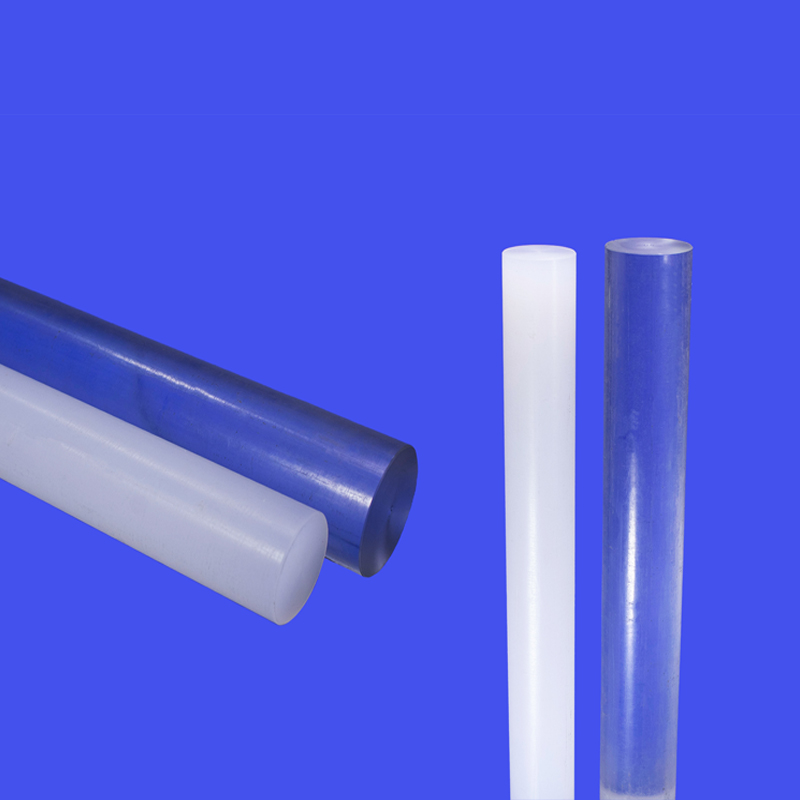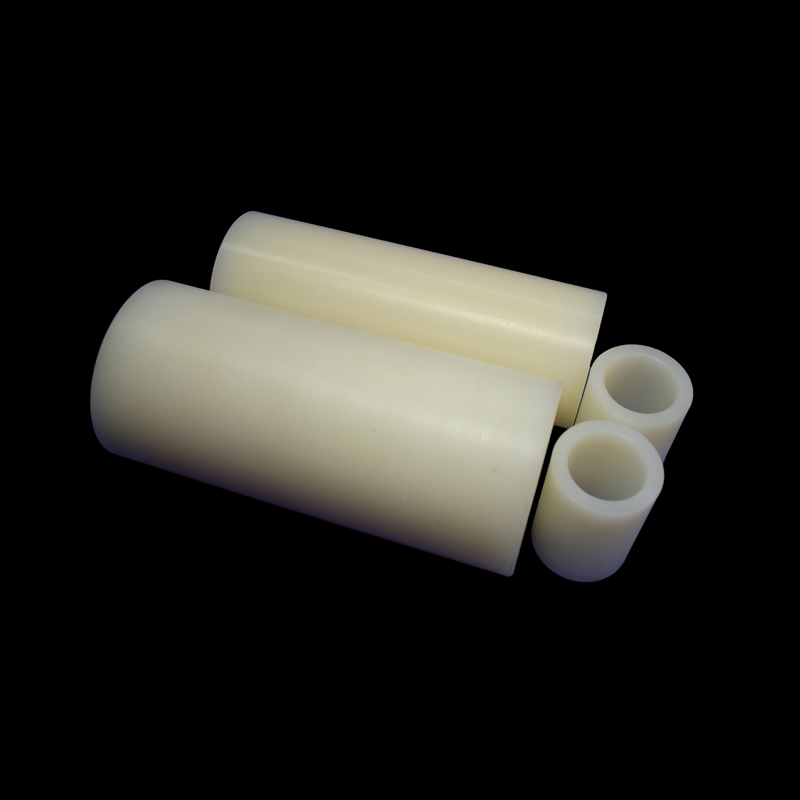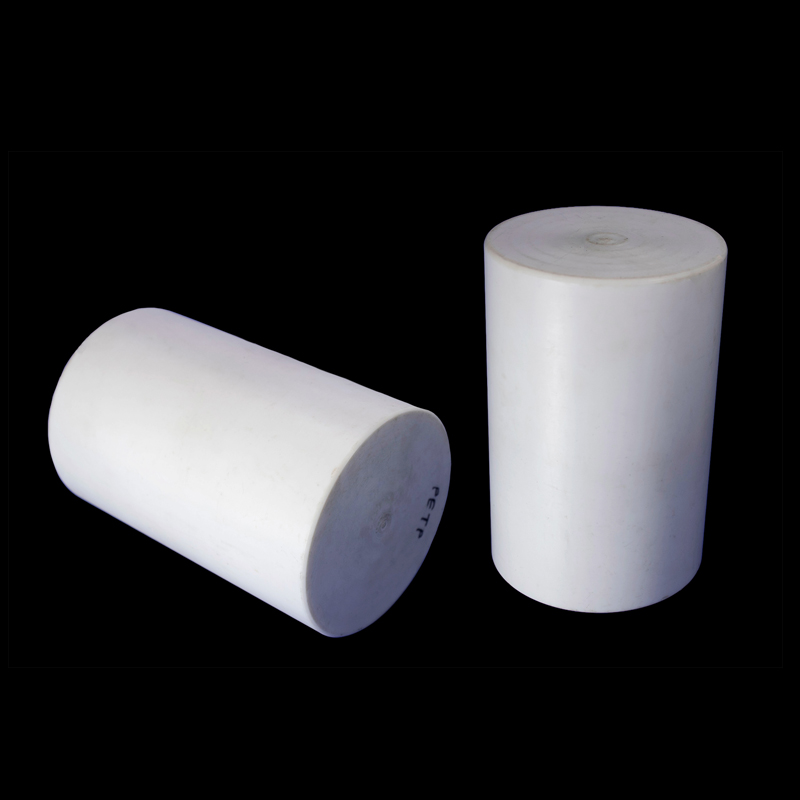
Engineering Plastics in Machine Building: A Boon for Efficiency
Machine building encompasses a vast array of industries, from textile and printing to packaging and general machinery. Engineering plastics have become a game-changer in this sector due to their unique combination of properties:
Lightweight:
Compared to traditional materials like metal, engineering plastics offer significant weight reduction. This translates to lighter machines, improved energy efficiency, and easier handling.
Corrosion Resistance:
Unlike metals, many engineering plastics are naturally resistant to rust and corrosion, eliminating the need for expensive coatings and extending machine lifespan.
Design Flexibility:
Engineering plastics come in a wide variety of shapes, sizes, and colors, allowing for greater design freedom and customization in machine components.
High Strength and Wear Resistance:
Certain engineering plastics offer exceptional strength-to-weight ratios, making them suitable for demanding applications while remaining lightweight. Additionally, their wear resistance minimizes friction and maintenance needs.
Cost-Effectiveness:
While the initial cost per unit weight might be higher than metal, factors like lighter weight, lower maintenance, and longer lifespan contribute to a lower total cost of ownership for machines built with engineering plastics.
These benefits translate to several advantages for the machine building industry:
Improved Machine Performance:
Lighter machines with reduced friction translate to smoother operation, higher energy efficiency, and potentially increased production speeds.
Reduced Maintenance Costs:
Corrosion resistance and wear resistance lead to less downtime and lower maintenance costs.
Cost Savings:
While the initial material cost might be higher, the overall cost of ownership becomes lower due to the benefits mentioned above.
Design Innovation:
The design flexibility allows for the creation of more complex and functional machines.
Overall, engineering plastics are revolutionizing the machine building industry by enabling lighter, more efficient, and cost-effective machines with greater design freedom.
Materials list




